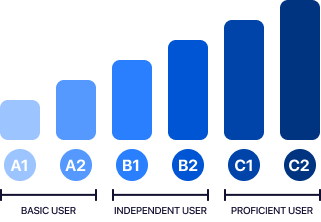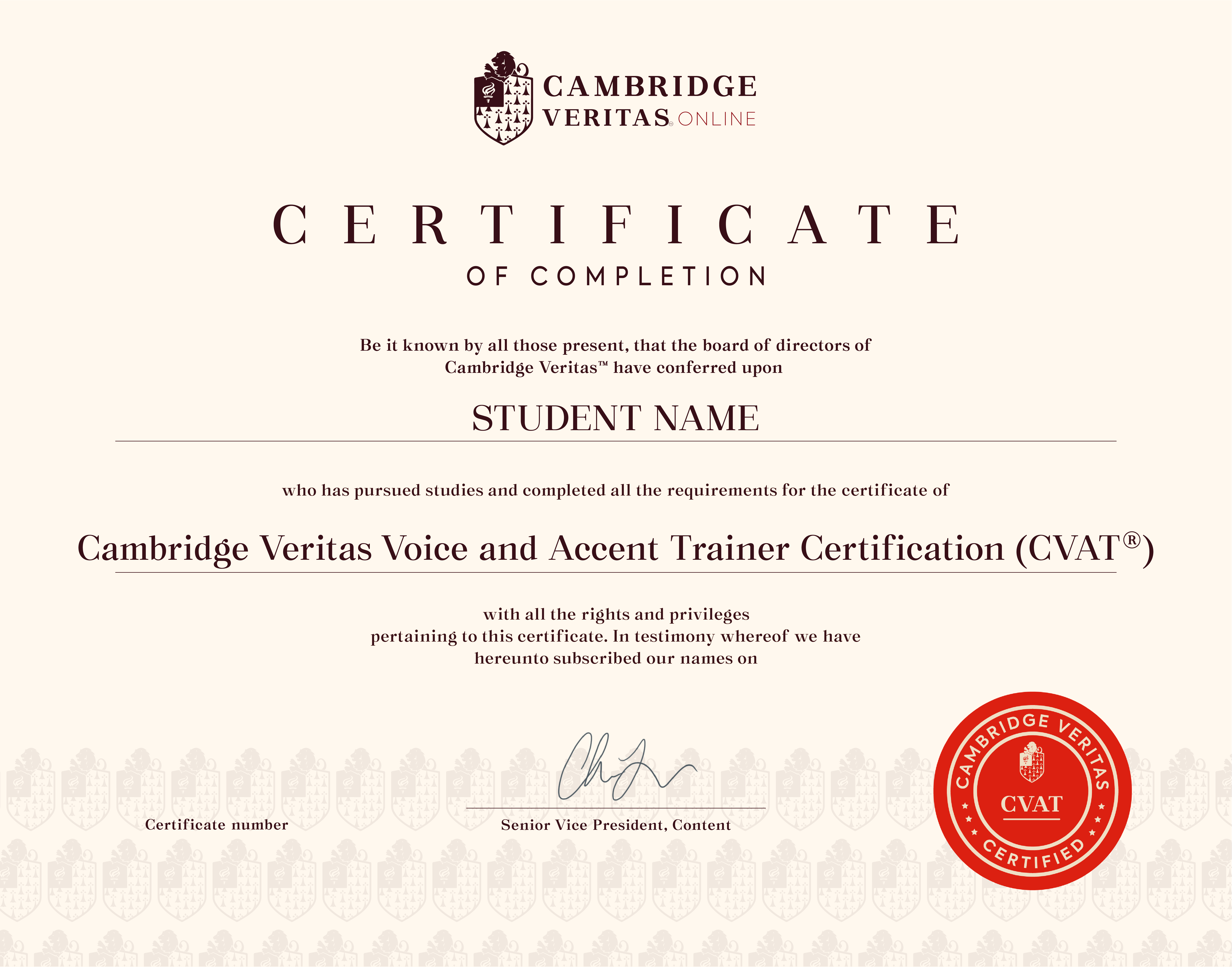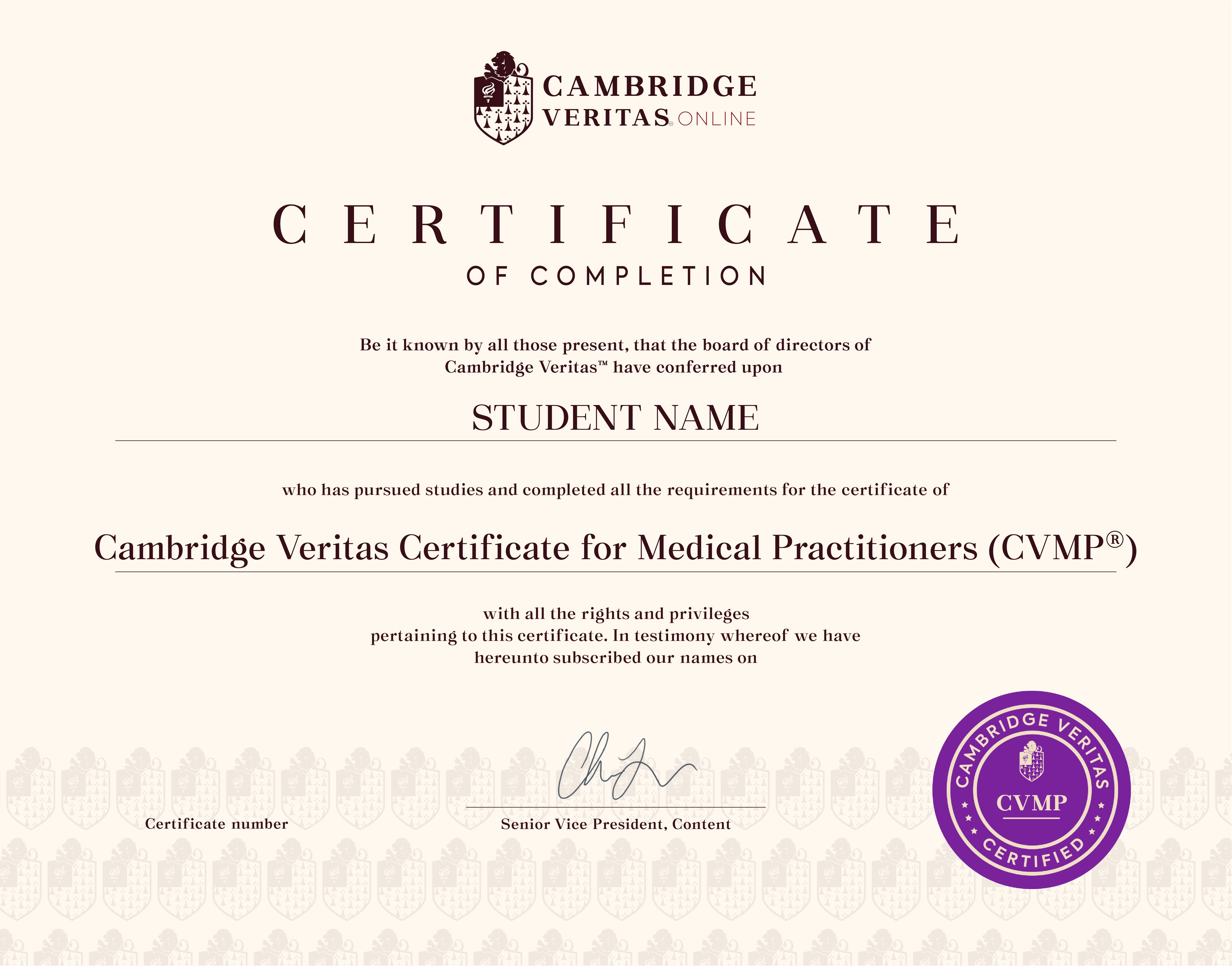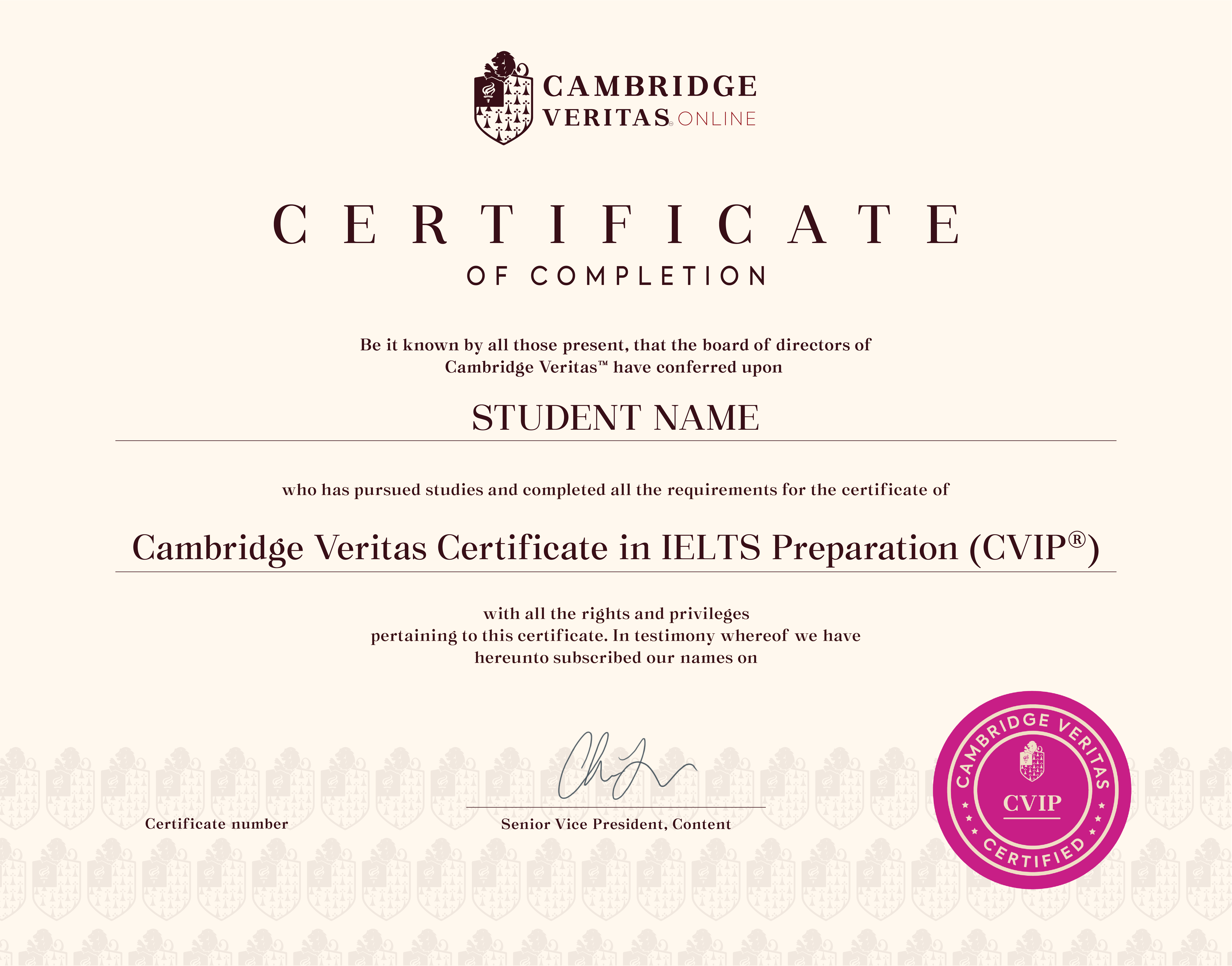
Pronunciation by Skill: The IPA Explained
The IPA (or International Phonetic Alphabet) is a set of symbols used to refer to sounds. In some cases, the IPA reuses letters from the alphabet to identify certain sounds. In other cases, new symbols are used. Here’s an example:
The word 'Phone' becomes /'foʊn/ in IPA notation. Even if 'phone' is written with a 'ph', the sound we really hear is /f/. The word ‘phone’ also has a diphthong in it, and since we don’t have a letter for this sound, the IPA provides us with a symbol: /oʊ/
Knowing the IPA is helpful to improve your pronunciation because it tells you exactly which sounds to use to say a word correctly! Here's the complete list of IPA symbols used by Speech Analyzer.
What sounds should I practice first?
Beginners can quickly improve their pronunciation by working on:
All consonant sounds especially at the end of words. (e.g. The /t/ at the end of ‘website’ for example).
Consonant clusters. (e.g. The word ‘street’ has an /str/ cluster).
“Long” and “short” vowels (e.g. Can you clearly differentiate between ‘seat’ and 'sit').
To strengthen their control of pronunciation, Intermediate learners should focus on:
R sounds: /r/, /ɝ/, /ɚ/
TH sounds: /θ/, /ð/
Diphthongs (e.g. Can you clearly differentiate between ‘loud’ and ‘load’).
Having covered the basics, Advanced learners with an overall score of 80% and above should practice:
Linkage, Dropped Consonants, and the Flap sound
The Schwa /ə
The accuracy of open vowels like /æ/, /ʌ/, /ɑ/ (e.g. Can you clearly differentiate between Hat’, ‘Hut’, and ‘Hot’).
IPA Table





























.png)